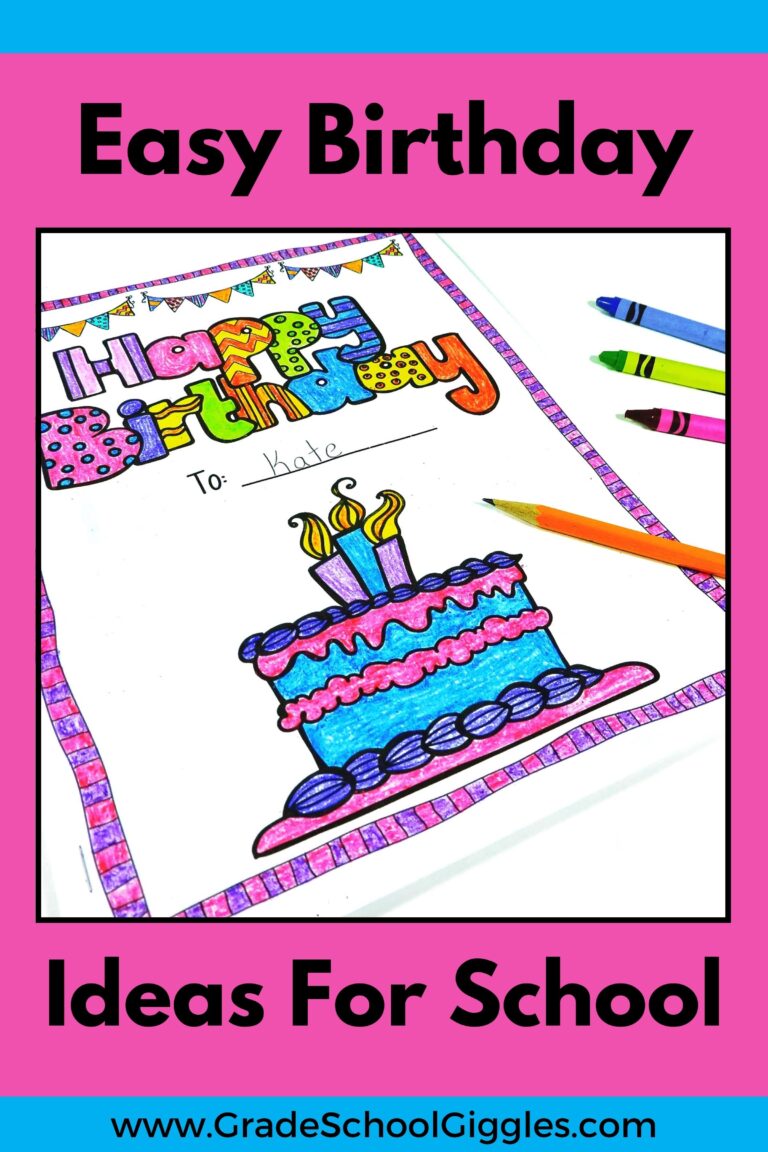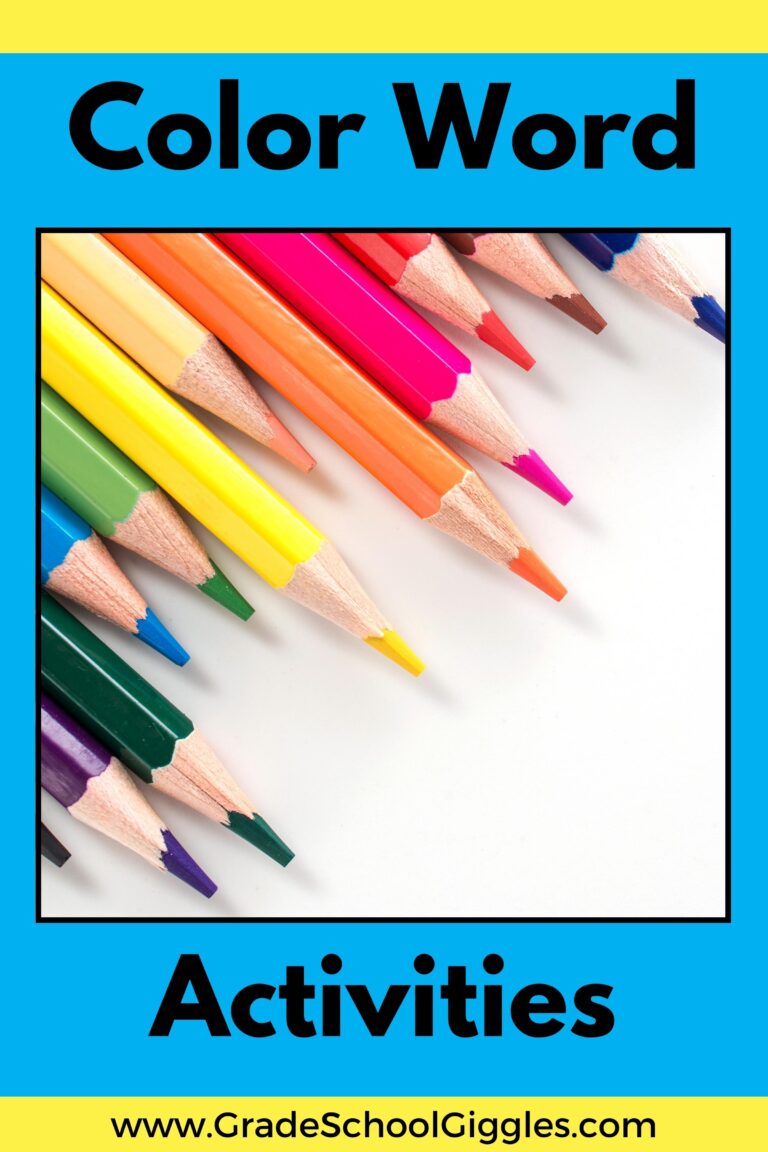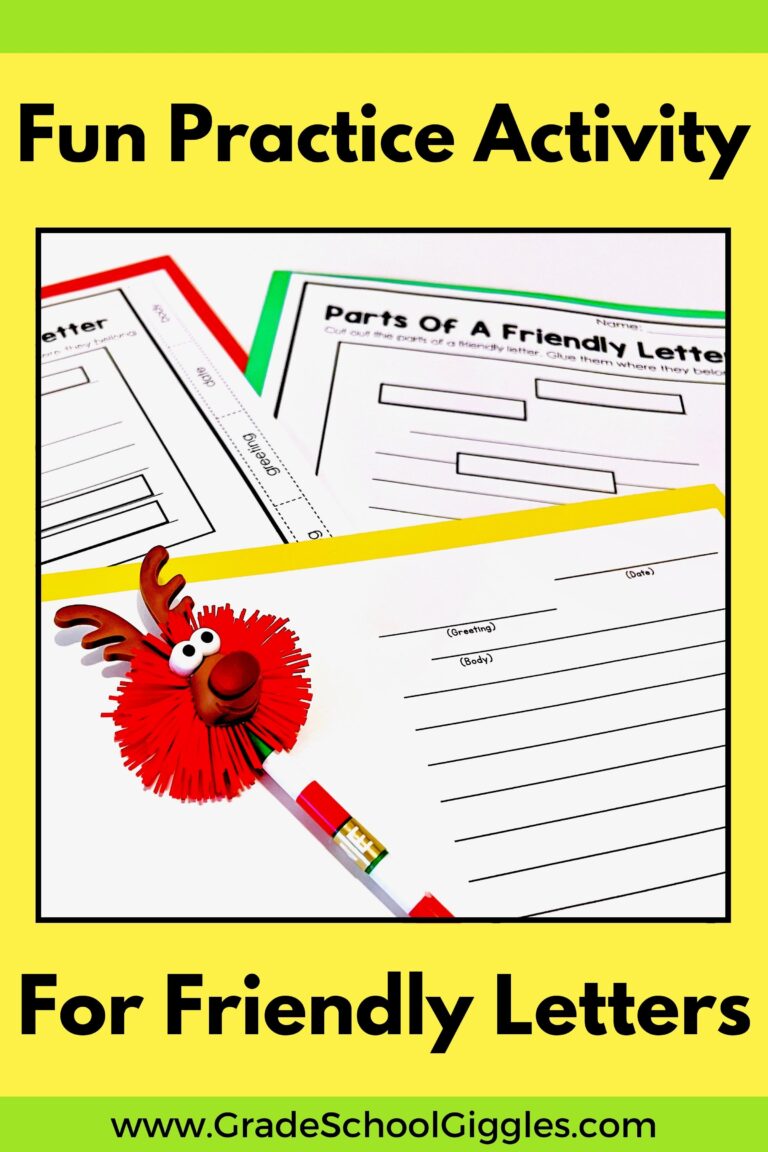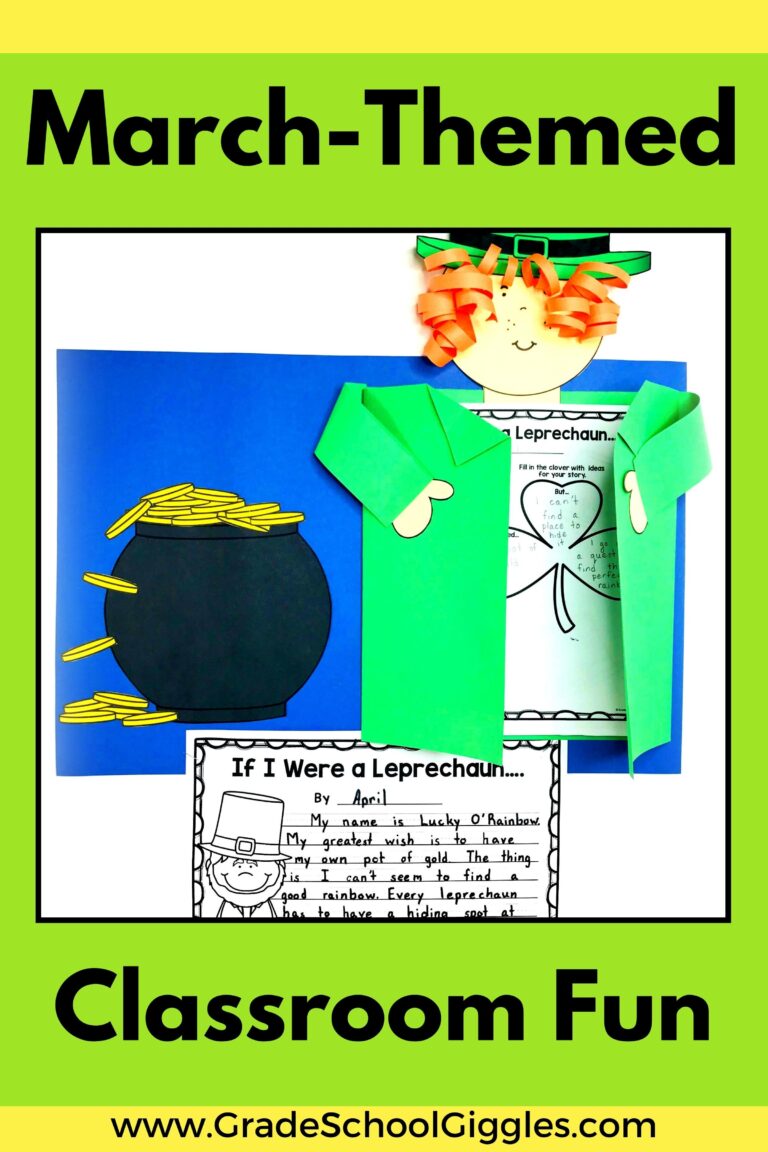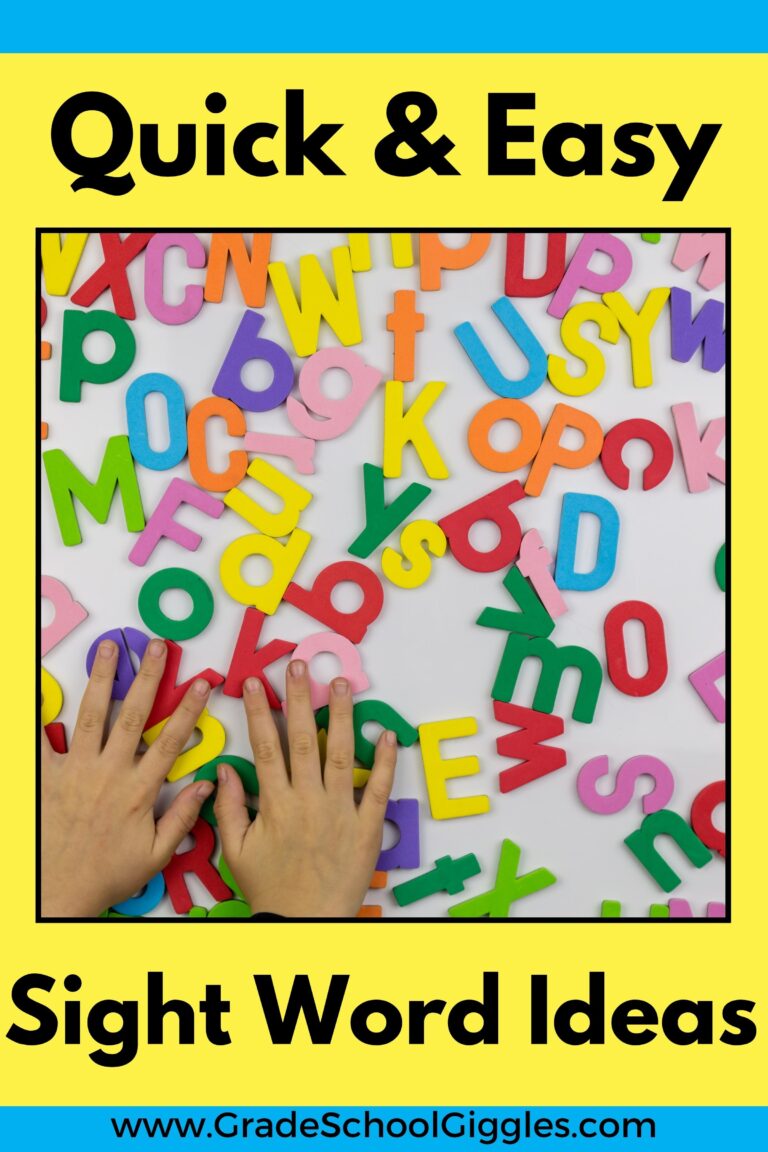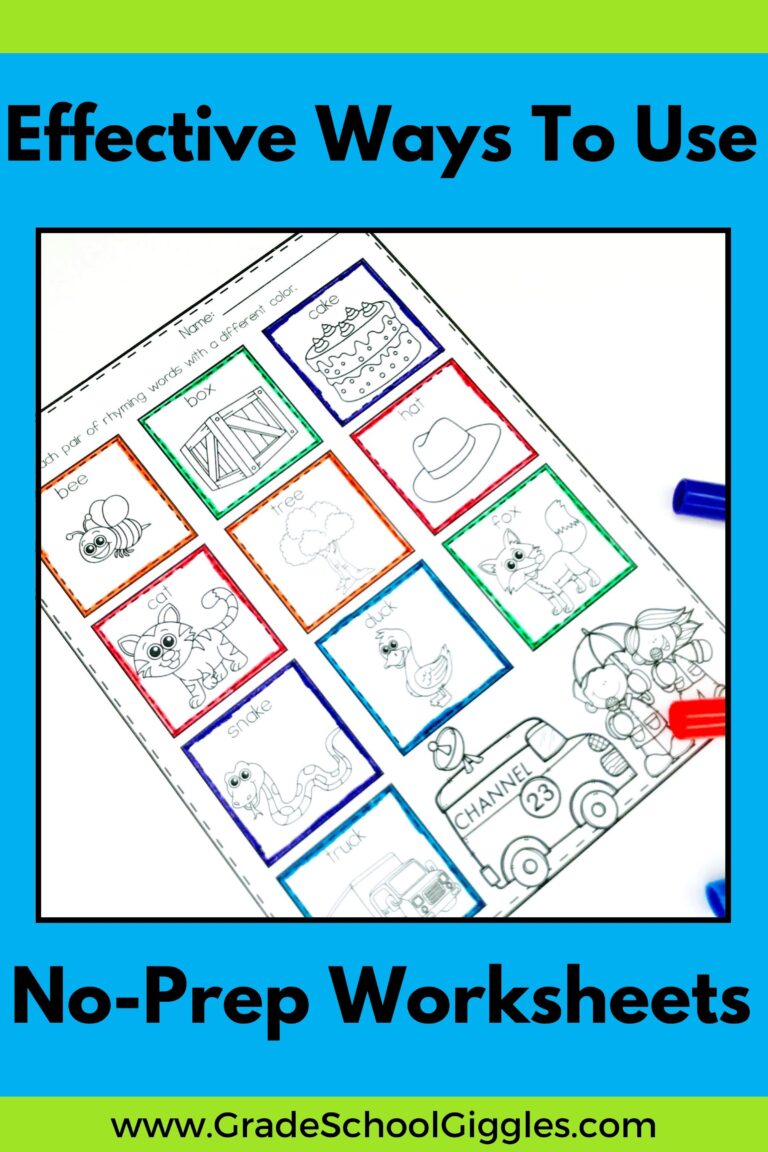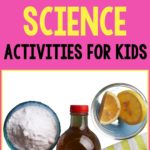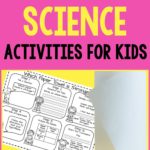3 Quick And Easy Science Activities Your Kids Will Love

If you teach early to middle elementary, you’ve probably wondered if your kiddos could handle science experiments and projects without spiraling into chaos. Observations, experiments, and the scientific method are at the core of science, but all too often, science is taught from books and videos without the hands-on activities that bring it to life. But those hands-on experiences are a big part of why kids get excited about learning science. So it is definitely worth putting in the effort to do include hands-on science activities from the start. And, the great thing is, with the right activities, experiments can be quick, easy, and fun (yes, for you too!)
Over the years, I’ve found a few perfect experiments for introducing kids to the scientific method. So, let’s get started. In this post, I’m going to share 3 classroom-tested, kid-approved science activities that your kids will LOVE!
Introducing The Steps Of The Scientific Method With Science Activities
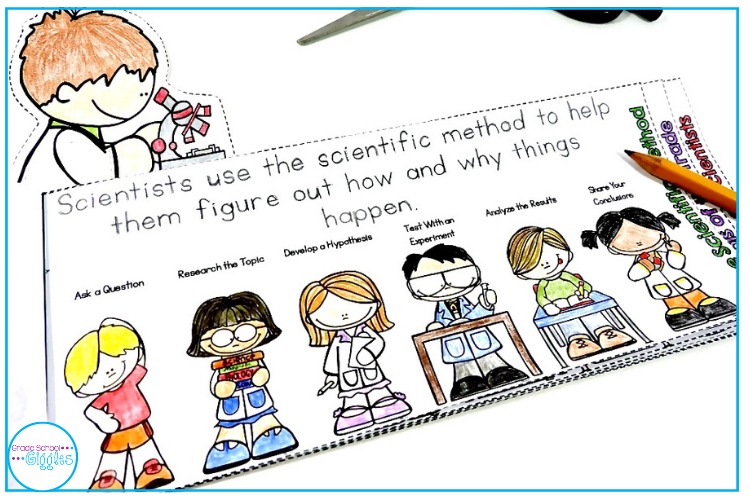
Before I share the 3 science experiments, let’s take a second to talk about the scientific method. There are several versions of the scientific method. You might see versions with 5 steps, 6 steps, or even a cycle. All of the versions are pretty similar. The version of the scientific method that I have taught has 6 steps:
- Ask a question
- Research the topic
- Develop a hypothesis
- Test it with an experiment
- Analyze the results
- Share your conclusions

Shop This Post
The best way to introduce science to kids is by inviting them to be scientists!
Science Activity 1 – The Fastest Fizz
There is something delightful about watching an explosion of bubbles and fizz. This high-interest experiment is always a hit. The guiding question is which acid (vinegar or lemon juice) reacts the quickest with baking soda.
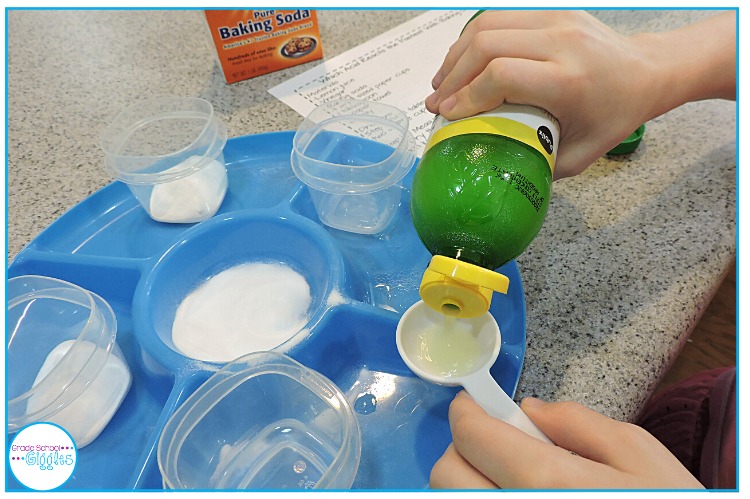
Supplies Needed
- Lemon juice
- Vinegar
- Baking soda
- 4 small paper cups
- 1 tablespoon
- A paper towel
- A tray to work on
Directions
- Put 1 tablespoon of baking soda into each of two cups. Place the cups on the tray.
- Measure 1 tablespoon of vinegar into an empty cup. Dry the spoon off and measure 1 tablespoon of lemon juice into the last empty cup.
- Pour the vinegar into one cup of baking soda and the lemon juice into the other cup of baking soda AT THE SAME TIME. Observe the reaction. Record which reacted the fastest.
Science Activity 2 – The Strongest Towel
Have you ever been in the grocery store aisle and wondered which brand of paper towel is stronger? That’s a great question to test out. Which brand will break first? Which brand will hold more weight?
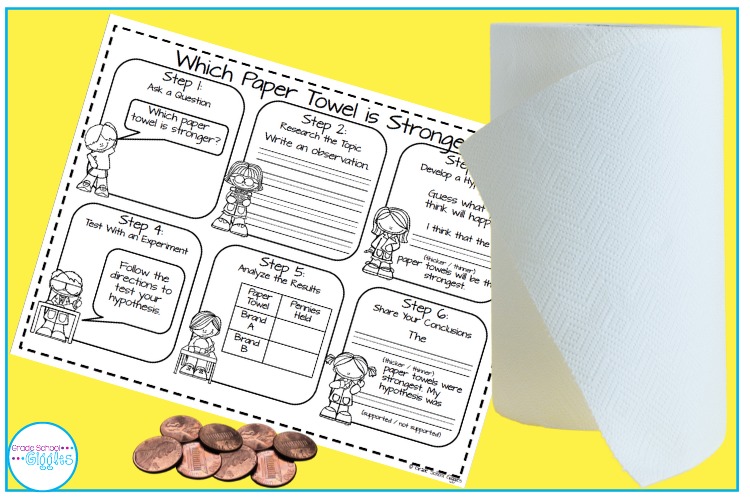
Supplies Needed
- Two brands of paper towels (one thick and one thin)
- A lot of pennies
- A bowl of water
- A teaspoon
- A partner
Directions
- One person should hold a paper towel in the air. It should be held tight and flat.
- The other person should pour 5 teaspoons of water in the center of the paper towel and then add 1 penny at a time to the middle of the wet spot until the towel breaks.
- Record the number of pennies that the towel held.
- Repeat steps 1-3 with the second type of paper towel.
Science Activity 3 – A Candy Rainbow
What kid doesn’t love candy? This candy rainbow science experiment is a great way to introduce the scientific method to kids. It’s fun too!
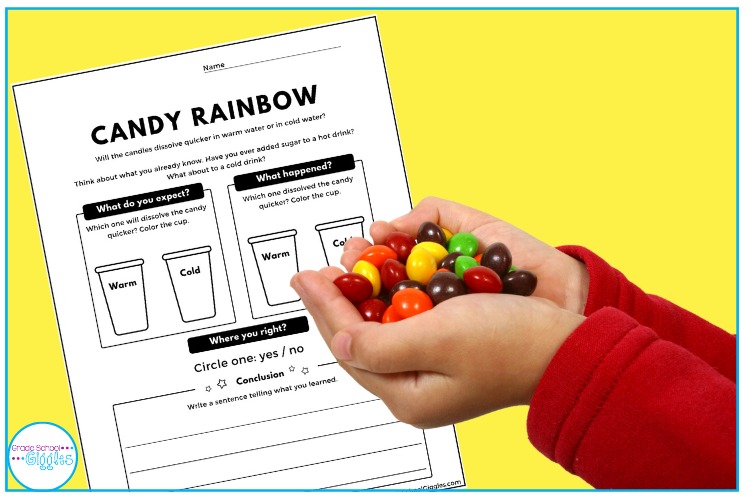
Supplies
- SkittlesTM or other small hard-shelled candies
- 2 small bathroom cups
- Warm water (not hot enough to burn)
- Very cold water
- 2 small plastic plates with a raised lip
Directions
- Place 5 candies on each plate. Spread them out.
- Predict whether the warm water or cold water will dissolve the colored coating on the cadies first.
- Pour the warm water onto one plate and the cold water onto another AT THE SAME TIME.
- Observe to see which plate’s candies dissolved faster.
I’ve personally used all three of these activities to introduce my kids to the scientific method. They’ve become some of my favorite quick experiments. I hope these activities are just as big a hit in your classroom as they were in mine! Go ahead and get started today with the FREE candy rainbow printables below.
Looking For More Science Activities?
If you’d like to check out my What Is A Scientist? Unit, a great way to introduce science in your K-2 classroom, click HERE or on the picture below to learn more.

Cheering you on! You can bring science to life in your classroom one hands-on activity at a time.
